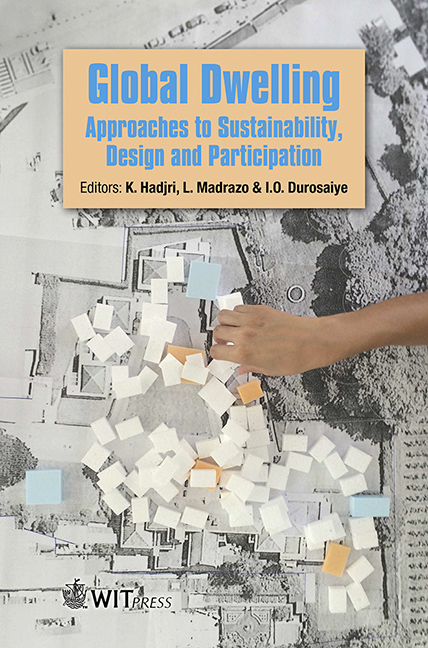Regeneration In European Post-socialist Cities
Price
Free (open access)
Transaction
Volume
193
Pages
11
Page Range
125 - 135
Published
2020
Size
253 kb
Paper DOI
10.2495/GD170111
Copyright
WIT Press
Author(s)
N. Petaccia, M. Angrilli
Abstract
The aim of this paper is to analyse the problems of post-war Eastern European housing estates in order to set up their long-term stability and generate a better environment. Since the end of World War II, even though the theoretical recipes in architecture and urbanism were the same, two different kinds of modern city were developed across Europe. The differences between the socialist and capitalist economy were as deep as the spatial assets of the cities they produced. After the collapse of socialism, the processes of transformation in Eastern European societies have opened to global influences. Nowadays, the need to regenerate those degraded urban areas is becoming more widespread. To understand the issues related to those districts the paper will start by analysing paradigmatic case studies, in order to present an equivalent reading of Central Western and Eastern European cities.
Keywords
public spaces, landscape, 1950–1960s settlements, post-socialist settlements, retrofit, urban, regeneration recycle, urban renewal





